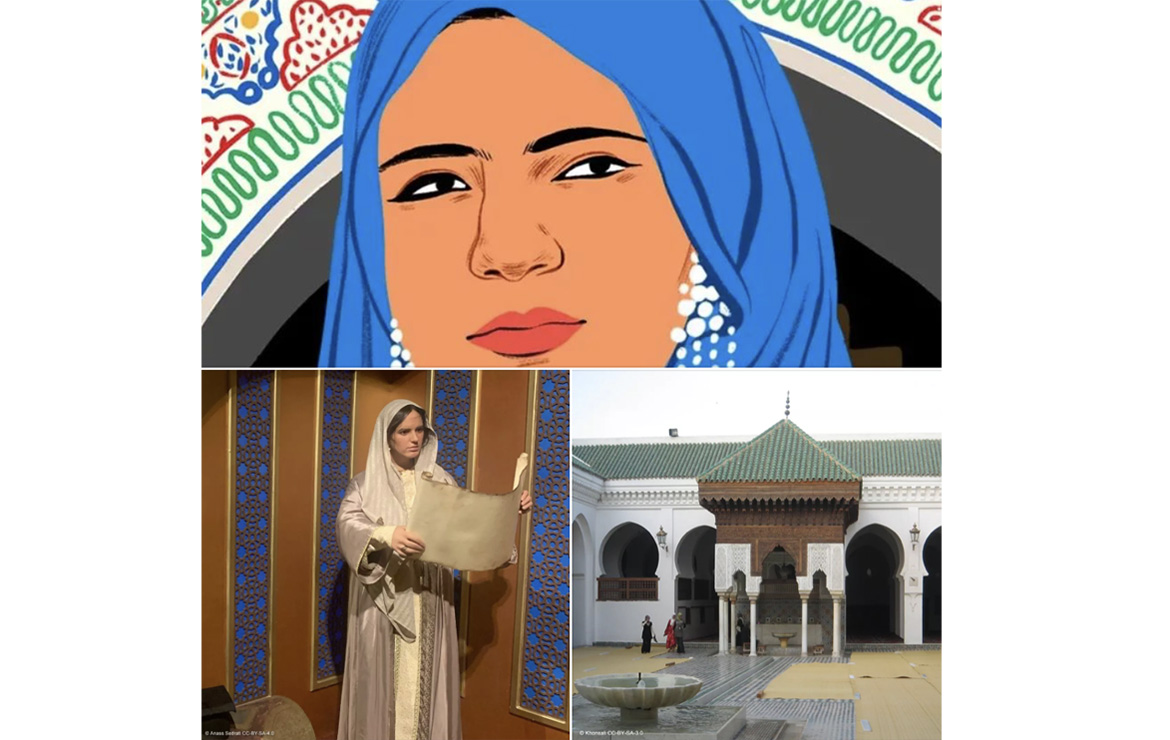
Fatima al-Fihriya, founder of the world's first university
Around 825, after her mother’s death and for financial reasons, her family migrated to Fez, where she married and had 2 sons. When her father died, soon followed by her husband, Fatima inherited a huge fortune. The sisters decided to use it to build mosques.
Maryam founded the Mosque of Al-Andalusiyyin (859), and Fatima built the largest edifice of its kind in North Africa. Committed to a modest construction, she undertook to use only the land she had purchased, digging deep into the earth to unearth yellow sand, plaster and stone. Named Al Quaraouiyine in honor of the migrants from Kairouan, her hometown, the mosque was inaugurated in 877, after 18 years of work.
Fatima later added an education center (madrasa). The modern university was born: for the first time, an institution provided diplomas according to the level of studies pursued.

